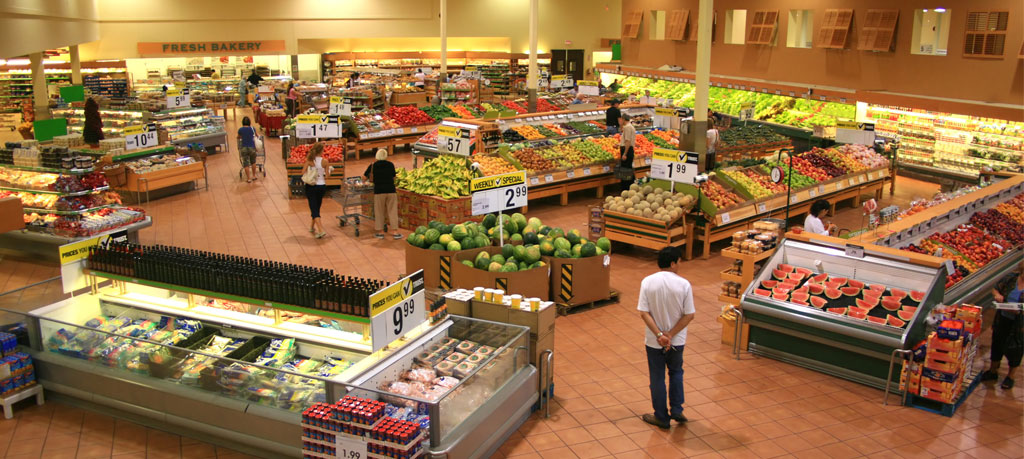Flora Delaney, President of Delaney Consulting says her phone has been ringing off the hook since the pandemic began! Retail executives have been waking up to the nasty surprise that their space planning system isn’t what they thought. They find (choose all that apply):
- It does not fully cover the entire store. Soft lines, perishables, seasonal and outdoor merchandise are voids with no location data in the space system.
- It only represents the plan for where goods are meant to be merchandised in a store. Hence, there is no visibility to where products ended up when executed in each store.
- It creates planograms and merchandising plans for prototypes or standardized store models – not actual stores. Then the stores pivot off the standard direction to accommodate their true store condition.
- System latency is unreliable for creating efficient order picker routes to fulfill online orders from stores.
- A fragile and brittle system and process. Meaning, it is slow when there are supply chain disruptions that require immediate merchandising direction to stores.
- It is out of sync with replenishment systems to such a degree that on-shelf quantities are calculated without space awareness.
- The technology stack and overhead from integrations created years ago make it difficult to change or upgrade.
- Only a small niche of IT and business team members understand the system. And the company is held hostage to the tribal knowledge they alone retain.
There could be many other contortions that are true for your company.
Which drives the question: Can’t we do better in Space Planning?
Space Planning IT budgets increase
With this purpose in mind, retailers are enhancing IT budgets for Space initiatives. First, IT millennials review the former implementation and want a fundamental new approach to the system and space data. Second, data scientists cannot deliver insights for optimizing space allocation in the store fleet. Because they need space data structured and integrated to deliver insights. Third, the thick client and VPN connection makes WFH a nightmare. Finally, merchants are overwhelmed by vendor issues, promotional planning and price changes. Because, they do not have time to digest and improve their space utilization to drive a better customer experience in the stores. What does that mean for retailers who need to uncover opportunity in today’s omni-driven world?
There needs to be a new approach to space planning. New thinking. Solutions that will change the systems, process and skills needed to drive value into and from our stores.
- Floor plans that are driven by customer experience and optimal space locations, allocations and adjacencies. Improving the experience for customers, order pickers and store operators.
- Planograms that are custom for the local assortments and store conditions of every individual store.
- Planogram production that automates assortment instructions, CDTs, sales forecasts and execution direction to store teams.
- Full-circle communication feedback to validate that plans as implemented in stores and improve data integrity.
- Actionable space metrics and space scorecards that are accessible and help retailers make better business decisions every cycle.
NOW is the retail renaissance in Space Planning. And just like the renaissance of the 14th century revolutionized science and art… There will be a tremendous difference between the before and after for the science and the art of space planning.
Interested in learning more about Delaney Consulting? Click here.

